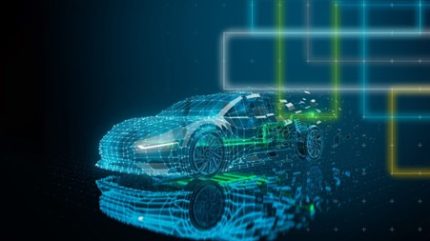
British semiconductor and software design firm Arm has unveiled new ‘Arm Automotive Enhanced’ (AE) processors alongside new virtual platforms.
These, it says, will accelerate automotive development cycles by up to two years.

Discover B2B Marketing That Performs
Combine business intelligence and editorial excellence to reach engaged professionals across 36 leading media platforms.
Arm cites that automotive development cycles are linear: first a processor IP is delivered, then silicon development begins, and only when hardware becomes available around two years later, can software developers start.
Its new approach will reportedly change that process. Instead, virtual prototyping takes place on latest-generation Arm AE IP, which allows software developers to start before the physical silicon is available.
It is partnering with industry leaders including Amazon Web Services (AWS), Cadence, Corellium, Siemens and others to deliver these virtual platforms and cloud solutions, which allow for earlier development across the full software stack in collaboration with partners including Autoware Foundation, BlackBerry QNX, Elektrobit, Kernkonzept, LeddarTech, Mapbox, Sensory, Tata Technologies, TIER IV, Vector and more.
The announcement marks a critical step in enabling the automotive ecosystem by unlocking new opportunities for developers and accelerating time to market for leading OEMs, automotive Tier 1 suppliers, silicon partners, and software providers that are all building the future of software-defined vehicles on Arm technology.
In a media briefing with journalists, SVP and GM of Arm’s Automotive Line of Business, Dipti Vachani said: “All the regions are included in our ecosystem: no part of the world is left behind. He added: “It’s truly a global race in automotive.”
Some highlights of Arm’s new portfolio include:
- New safety-enabled Arm Automotive Enhanced (AE) processors will bring Armv9 and server-class performance to AI-driven use cases.
- Future Arm Compute Subsystems (CSS) for Automotive will further reduce development time and cost, providing maximum flexibility for high-performance automotive systems.






